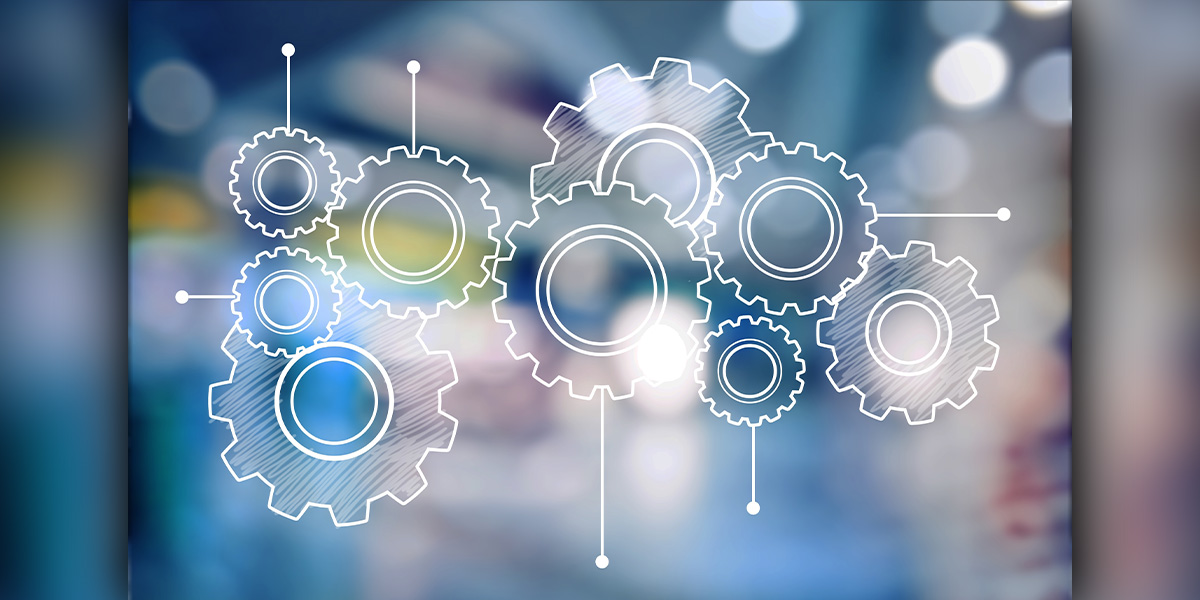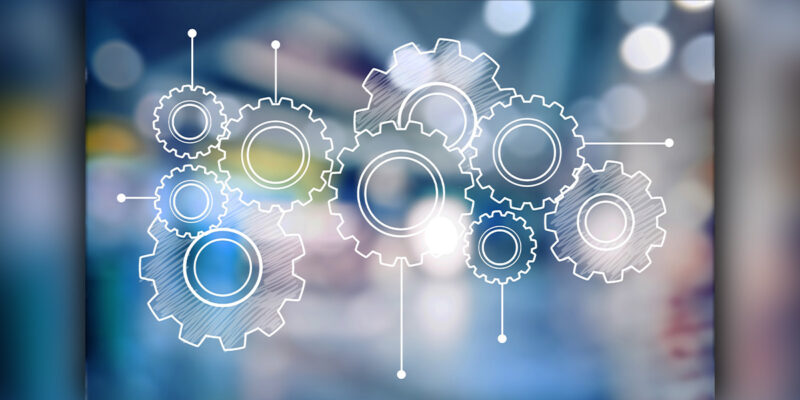Why Your Meetings are Still Bad — Part 1: New Tools, Old Mindset

When I was 18 years old, I went to visit my grandpa. We sat in his living room and talked about his favorite subject, his grandkids. He took pride in updating me, the family, his waitress at the local Greek restaurant — and anyone else who would listen for that matter — on their accomplishments.

As we were talking about my cousin, Katie, his eyes lit up and he said, “I got an email from her the other day, you should come see it.” It’s important to note that my grandpa had recently bought his first computer. It was the mid ‘90s and he must have been approaching 80 years old at that point, so I commended him for still keeping up with the modern world of communication.
My grandpa shot up from his recliner and I rose from their green, floral-printed couch and followed him to the spare bedroom at the back of the house. There in the corner sat a desk with a tower PC and what we would think of today as a tank of a CRT computer monitor. I took a seat at the desk’s chair, waiting for my grandpa to log in to the computer, open AOL and show me the mail from Katie that he had likely “got” a few days prior.
I was patiently waiting in the chair when I heard some squealing and shrieking behind me, followed by an odd shuffling noise. I turned to find my grandpa hunched over a metal file cabinet as he removed a file folder with the word “KATIE” handwritten on it in block text. He opened the folder and smiling wildly, he handed me a printed copy of the email his 16-year-old niece had sent to him.
I chuckled to myself and read the email with him. Afterward, I handed it back to him and he placed it back in the file, put the file in the drawer and closed it. We then left the room and returned to the living room to conclude our visit that day.
As odd or funny as this anecdote may seem, I quickly understood what had happened in the room that day when asked to come see my cousin Katie’s email.
The first piece of important information to share is that my grandpa had been an HR manager at the local copper mine for over 20 years. His job was keeping track of the mine’s employees — their accomplishments, their strengths, their weaknesses, and at times, their failings. Even though he had been retired for as long as I could remember knowing him, those decades of filing paperwork created habits that were hard to break. He had a process that worked for him and he was using it.
The second thing to understand is that he had this new piece of technology, the computer, and although he was eager to learn how to utilize it, he was operating under a misconception. He had been told that a computer runs slow when it is low on memory. Now a seasoned computer professional would know that there are two types of memory in a computer. The short-term, working memory that maintains the computer’s speed, and the long-term, storage memory that archives information for future access.
My grandpa was not a seasoned computer professional.
He was a neophyte and a casual user. He mistakenly believed he needed to delete everything from the computer to keep it running fast. Therefore, he would print out each email he received on a sheet of paper and file them in his file cabinet before deleting them from the computer altogether.
My grandpa wasn’t unintelligent nor was he unwilling or unable to learn new things. He was an example of the inertia that builds up over time coupled with a misunderstanding of the way technology could work for him.
In short, he was a prime example of “new tools, old mindset,” and I’d argue that many organizations are struggling with this same paradigm on a macro level.
The problem with our meetings isn’t our tools, it’s our meetings themselves.
If we don’t first address what a modern meeting should look like, throwing new technology at an outdated mindset will never deliver the needed results.
Stay tuned for “Part 2: What to do about it,” coming shortly.




